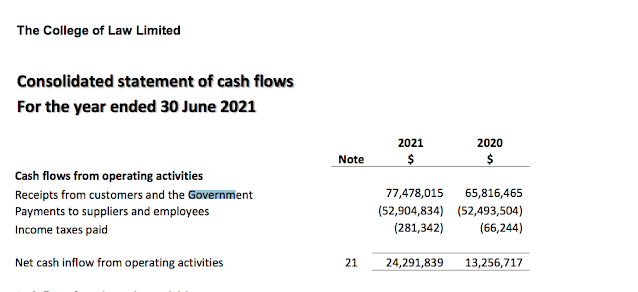Research from Singapore justifies an Urban Heat Island Mitigation levy-Meanwhile, in Australia Manly MP Zali Steigall and others remain silent
NOTE
See first the type of climate change research that is being conducted in Singapore
Willingness to Pay for Urban Heat Island Mitigation: A Case Study of Singapore
1
Singapore-ETH Centre, 1 Create Way, CREATE Tower, #06-01, Singapore 138602, Singapore
2
Lee Kuan Yew Centre for Innovative Cities, Singapore University of Technology and Design, 8 Somapah Road, Singapore 487372, Singapore
3
Department of Humanities, Social and Political Sciences, Chair of Economics, ETH-Zurich, 8092 Zürich, Switzerland
*
Author to whom correspondence should be addressed.
Climate 2020, 8(7), 82; https://doi.org/10.3390/cli8070082
Received: 24 May 2020 / Revised: 6 June 2020 / Accepted: 19 June 2020 / Published: 27 June 2020
(This article belongs to the Special Issue Urban Heat Islands)
In many countries, urban heat island (UHI) effects come along with urbanization in metropolitan areas. They have relevant adverse effects on the health and wellbeing of citizens. Singapore is strongly affected by UHI. In this study, we assess Singaporeans’ willingness to pay (WTP) for UHI mitigation by implementing a contingent valuation analysis. Specifically, we employ a double-bounded dichotomous survey design on a representative sample of 1822 online respondents. We find that Singaporeans are willing to sacrifice on average 0.43% of their annual income to mitigate UHI. The total WTP for mitigation strategies among Singapore citizens and permanent residents is estimated at SGD$783.08 million per year, the equivalent of USD$563.80 per year. Our findings suggest that there is a positive and significant relationship between the size of UHI effects and the citizens’ WTP. People living in the region with the highest intensity of UHI are willing to pay 3.09 times more than those living in the region with the lowest UHI intensity. Furthermore, demographic and socio-economic characteristics are significant determinants of Singaporeans’ WTP. The WTP increases with income and education but decreases with age. Students, men, and people with children are willing to pay more. Additional analyses show that the level of UHI awareness, positive attitudes towards UHI mitigation strategies as well as preferences for outdoor activities are positively correlated with the WTP. Our findings suggest that citizens are aware of the impacts of UHI and support UHI mitigation measures to be financed by their taxes. Policy interventions to promote UHI-related education and disseminating UHI-related information might increase the support of UHI mitigation policies.
Keywords: urban heat island (UHI) effects; double-bounded contingent valuation method; willingness to pay; UHI awareness and attitudes; UHI exposure; spatial analysis
And then the state of play in Australia:
Zali Steggall wants a conscience vote on climate change but will not, if not cannot comprehend the science behind the impact on the Sydney climate of the urban heat islands in her electorate
January 12, 2020
by Ganesh Sahathevan
As Tweeted by the Member for Warringah who got rid of Tony Abbott







Comments
Post a Comment